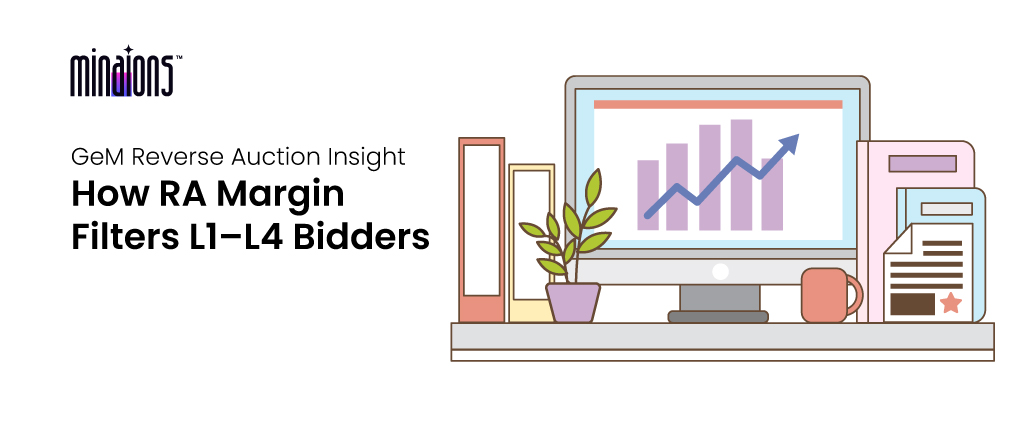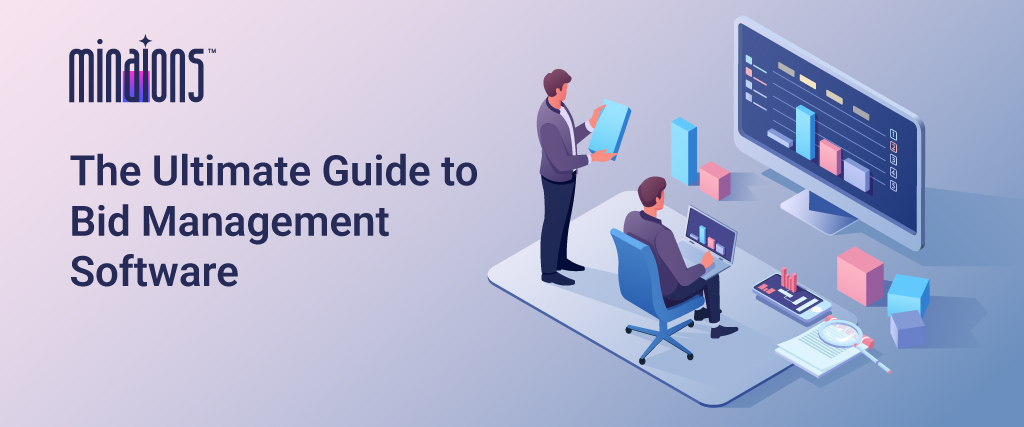Reverse Auction Insight: A Guide to Fair Bidding in GeM Procurement

Understanding L1 to L4 Participation in GeM Reverse Auction
On the Government e-Marketplace (GeM), government buyers often leverage the Reverse Auction (RA) process to ensure competitive procurement and cost savings. The participation of bidders, especially the first four in ranking—L1 to L4—is guided by strict criteria to guarantee fairness and transparency.
When Do L1–L4 Bidders Participate?
After the initial technical and financial evaluation, the buyer on GeM sets a Reverse Auction margin, typically defined as a percentage over the lowest price (L1) offered—for example, 10% over L1 price. All technically qualified bidders whose prices fall within this set RA margin (i.e., whose quotes are not higher than 10% over the L1 price, if 10% is chosen) are eligible to participate in the reverse auction round.
- L1: The lowest priced, technically qualified bidder.
- L2 to L4: The subsequent lowest bidders, provided their quoted prices are within the RA margin of L1.
Exception: If L4 Is Beyond the RA Margin
If the fourth lowest bidder (L4) quotes a price higher than the allowed RA margin, only the bidders within the set margin (L1–L3, or fewer if applicable) participate in the RA. Essentially, participation is capped by the buyer-defined RA margin window rather than just by the number of lowest bidders.
Key Points Recap
- Reverse Auction is open to L1–L4 only if all are within the buyer-defined RA margin over the L1 price.
- If L4’s price exceeds this margin, L1–L3 (or fewer) are invited, based on who meets the criterion.
- This approach ensures fairness, encourages competitive pricing, and prevents inflated bids.
Why Does GeM Use This Rule?
By applying this margin-based filter on Reverse Auctions, GeM creates a level playing field, admitting only those bidders who are cost-competitive, ensuring the government secures the best value for public procurement, and upholding transparency throughout the process.



